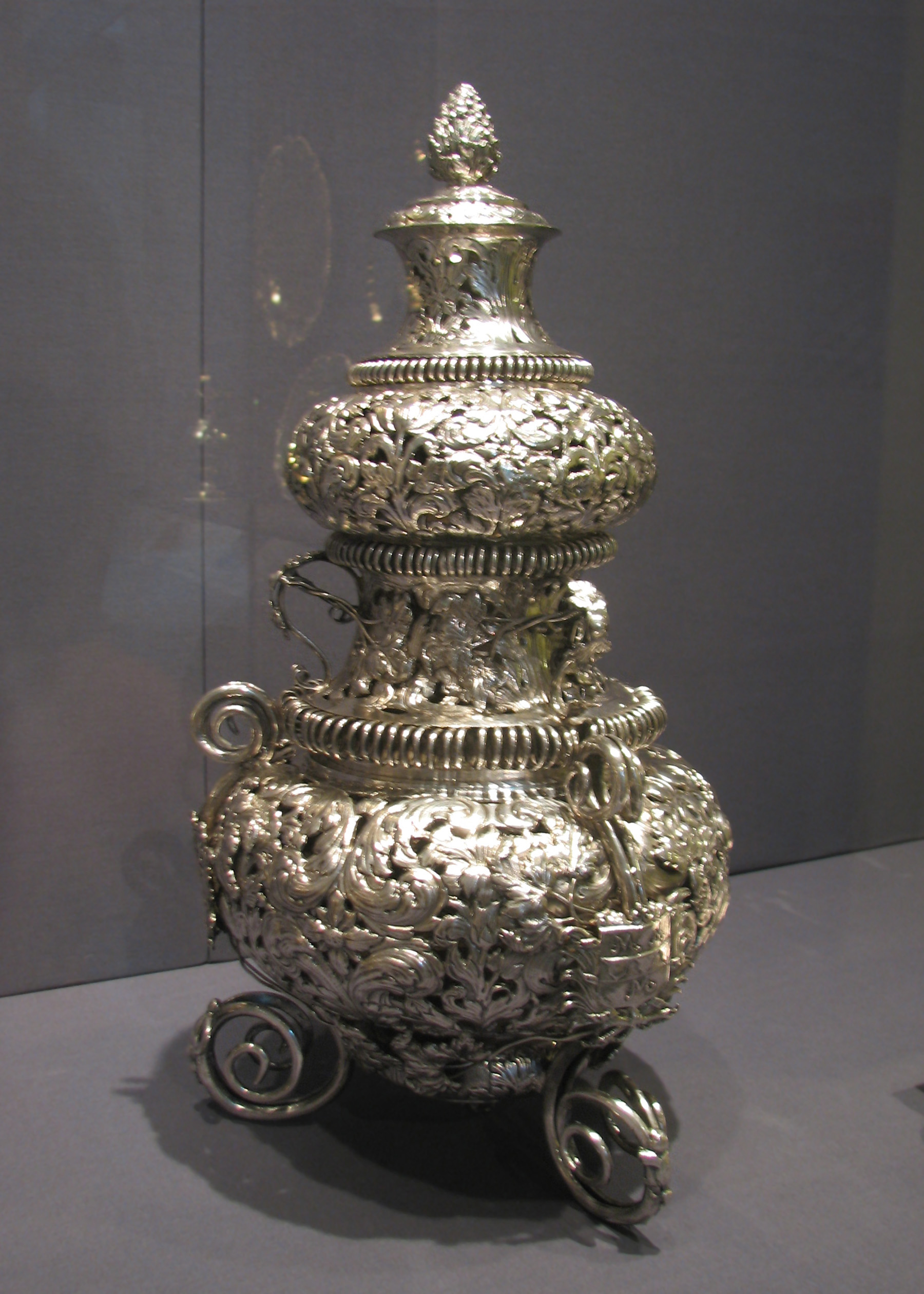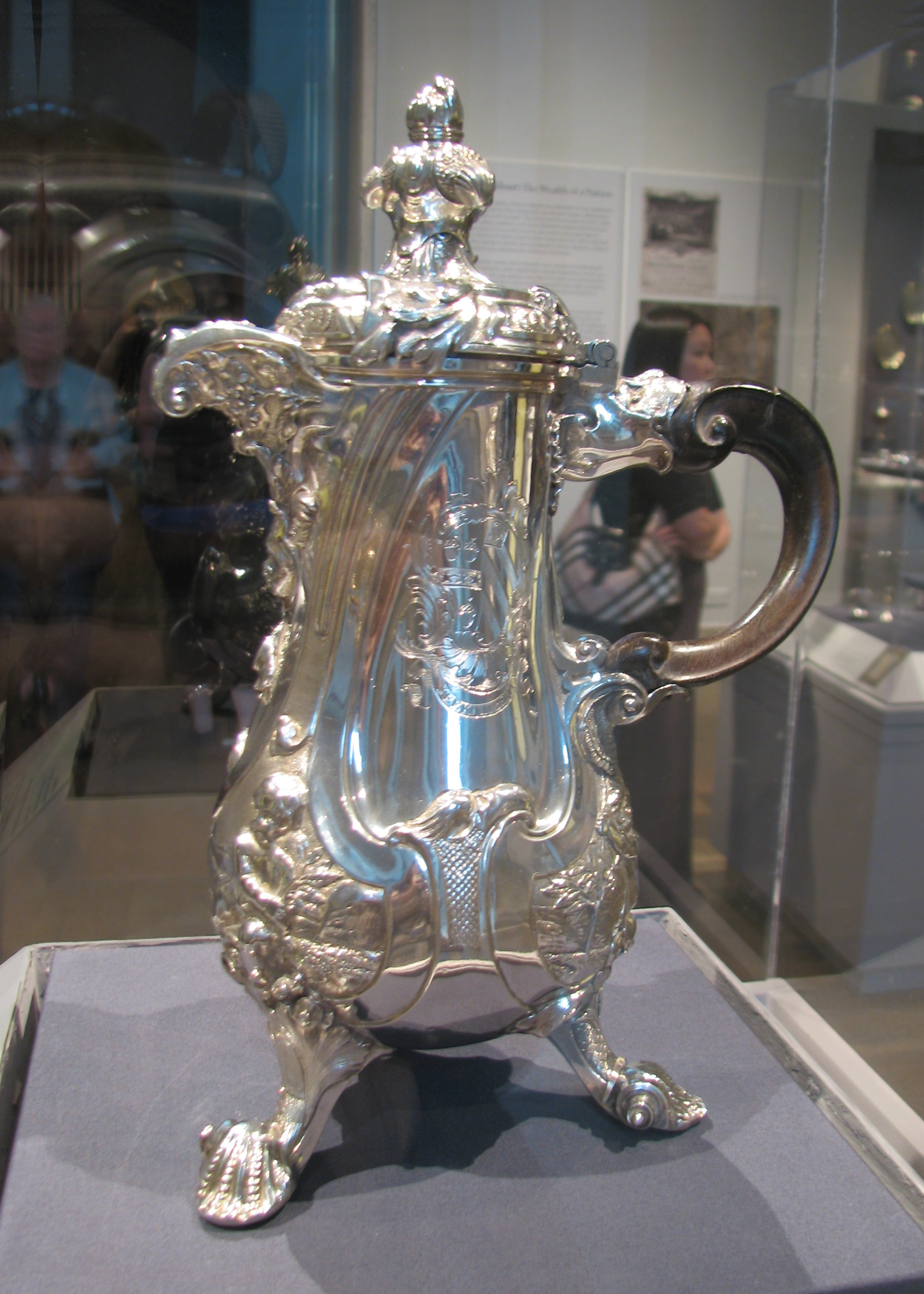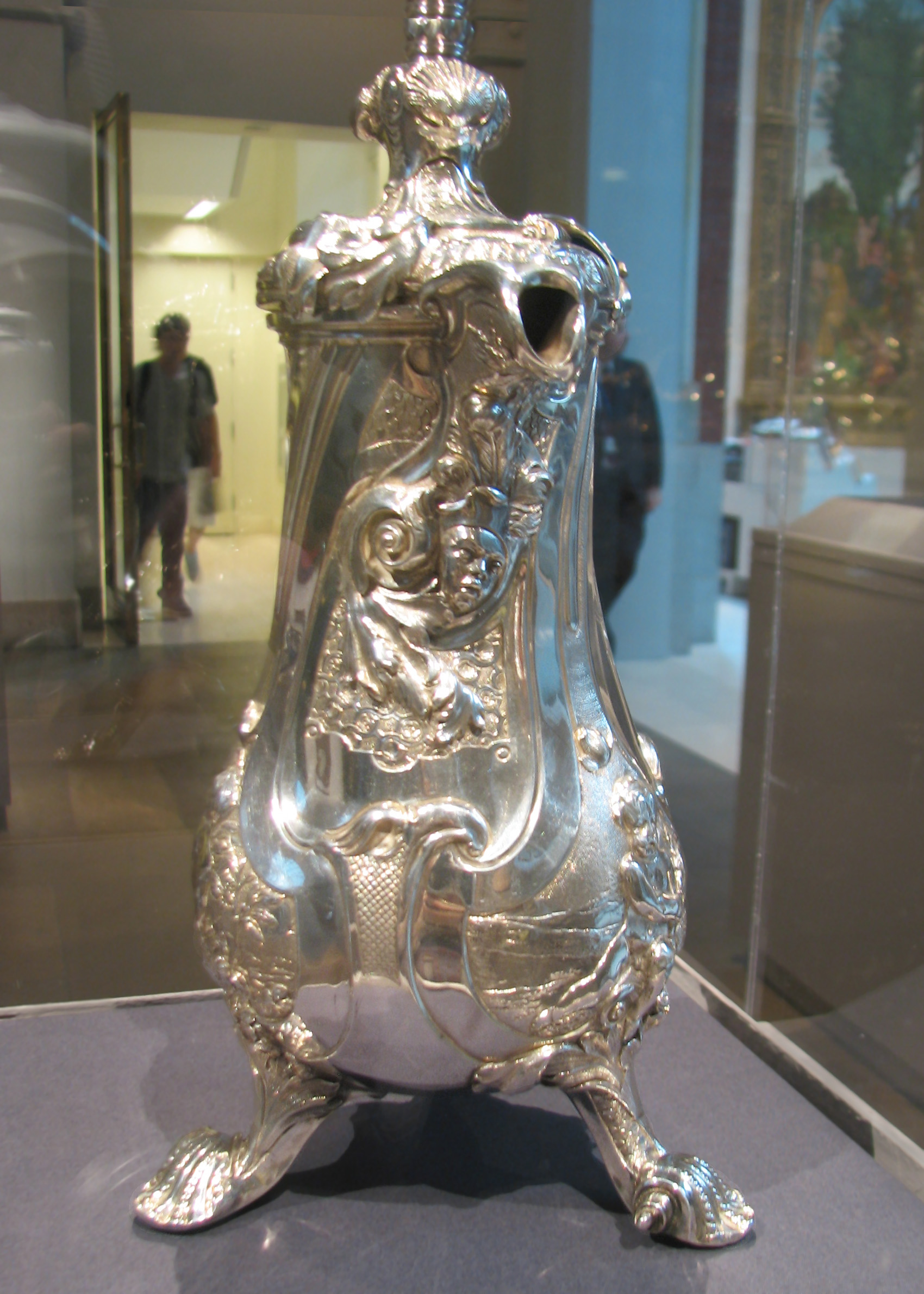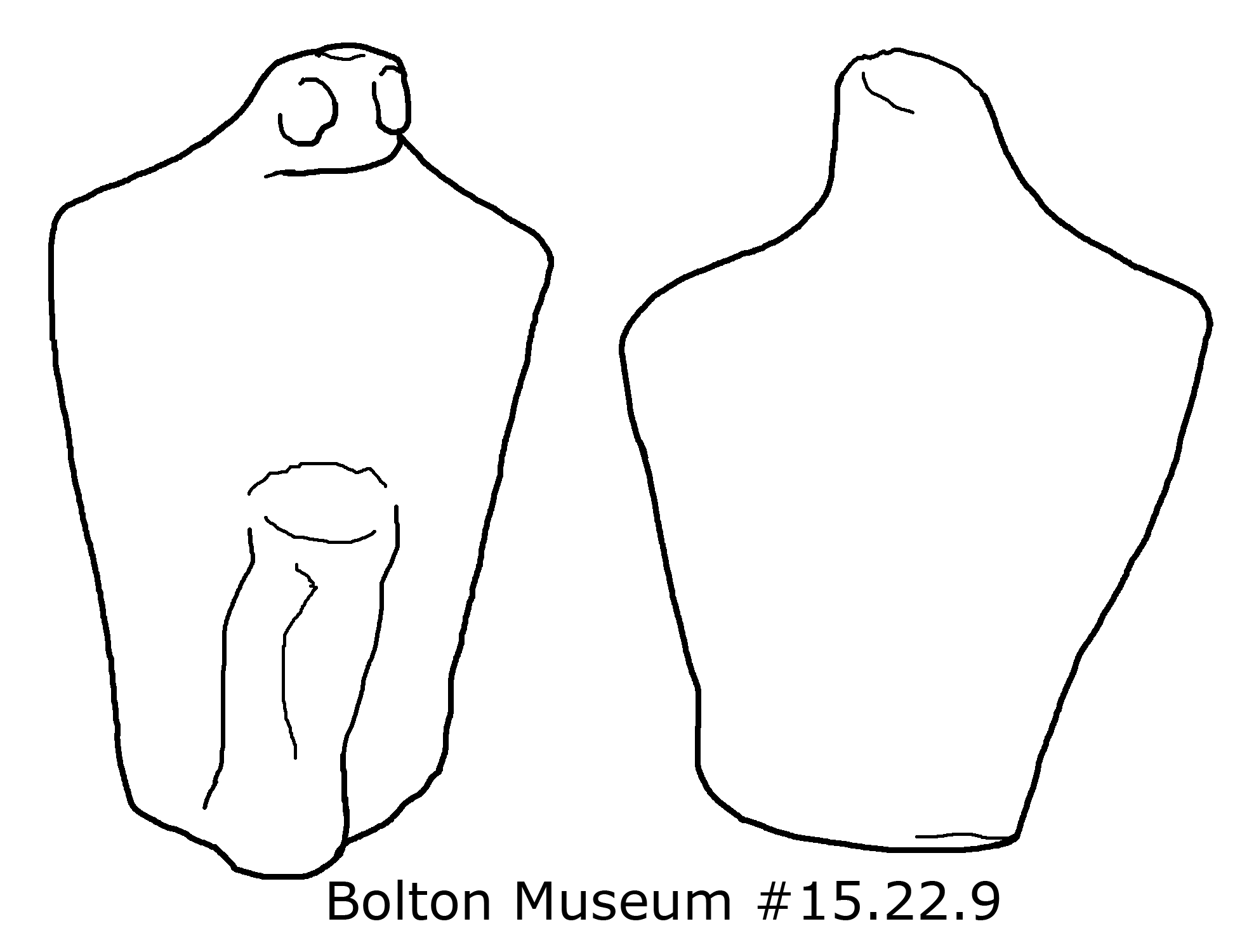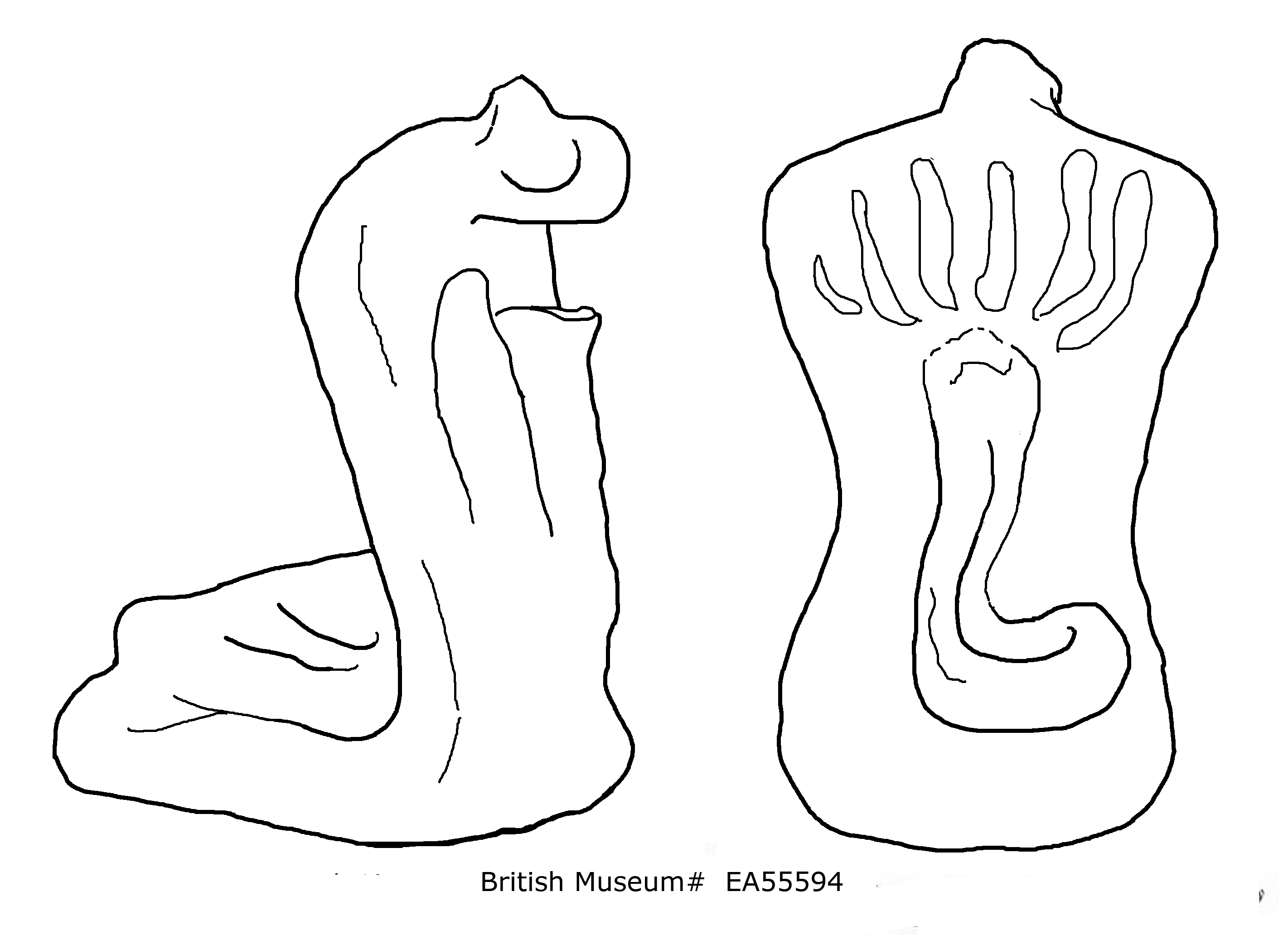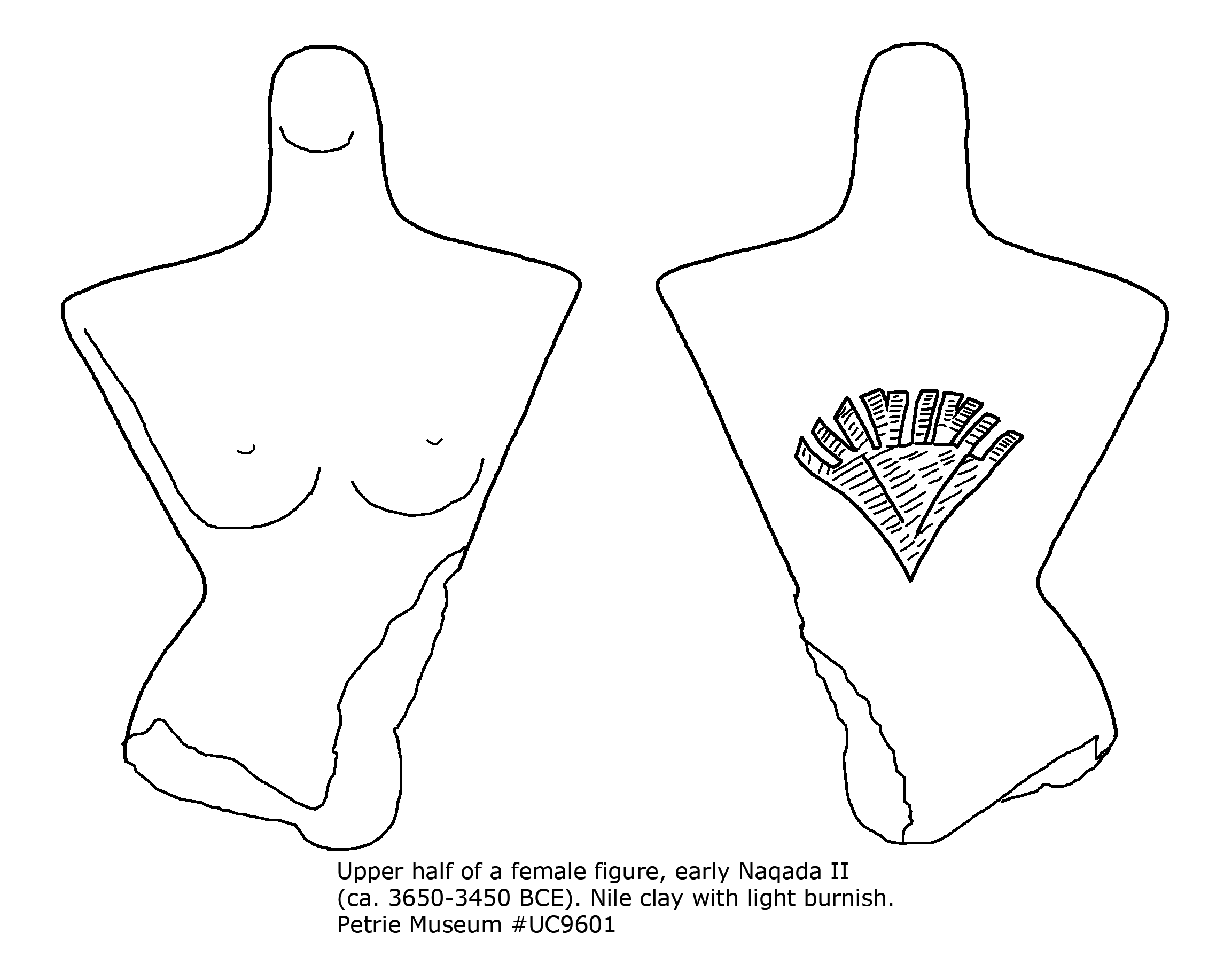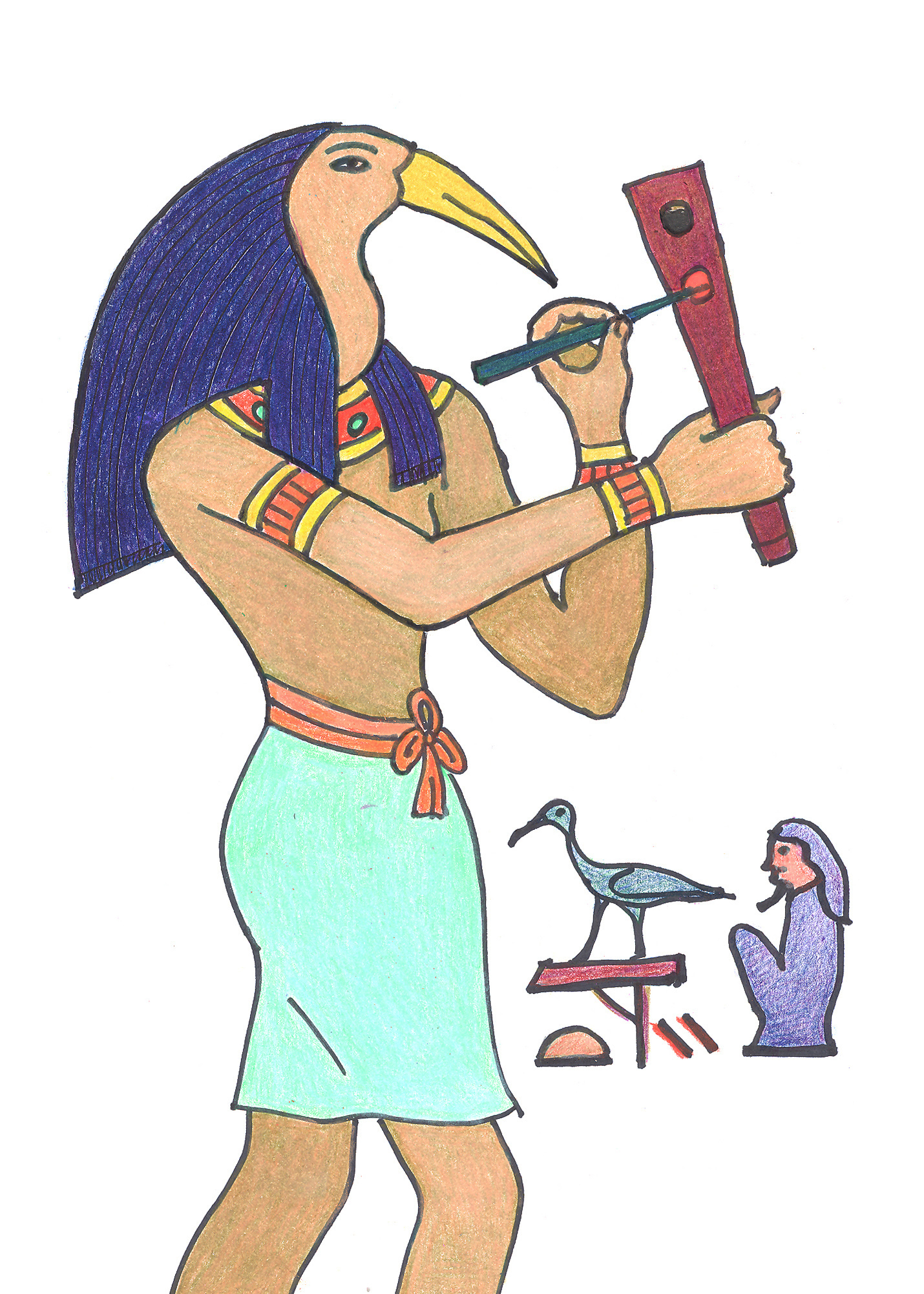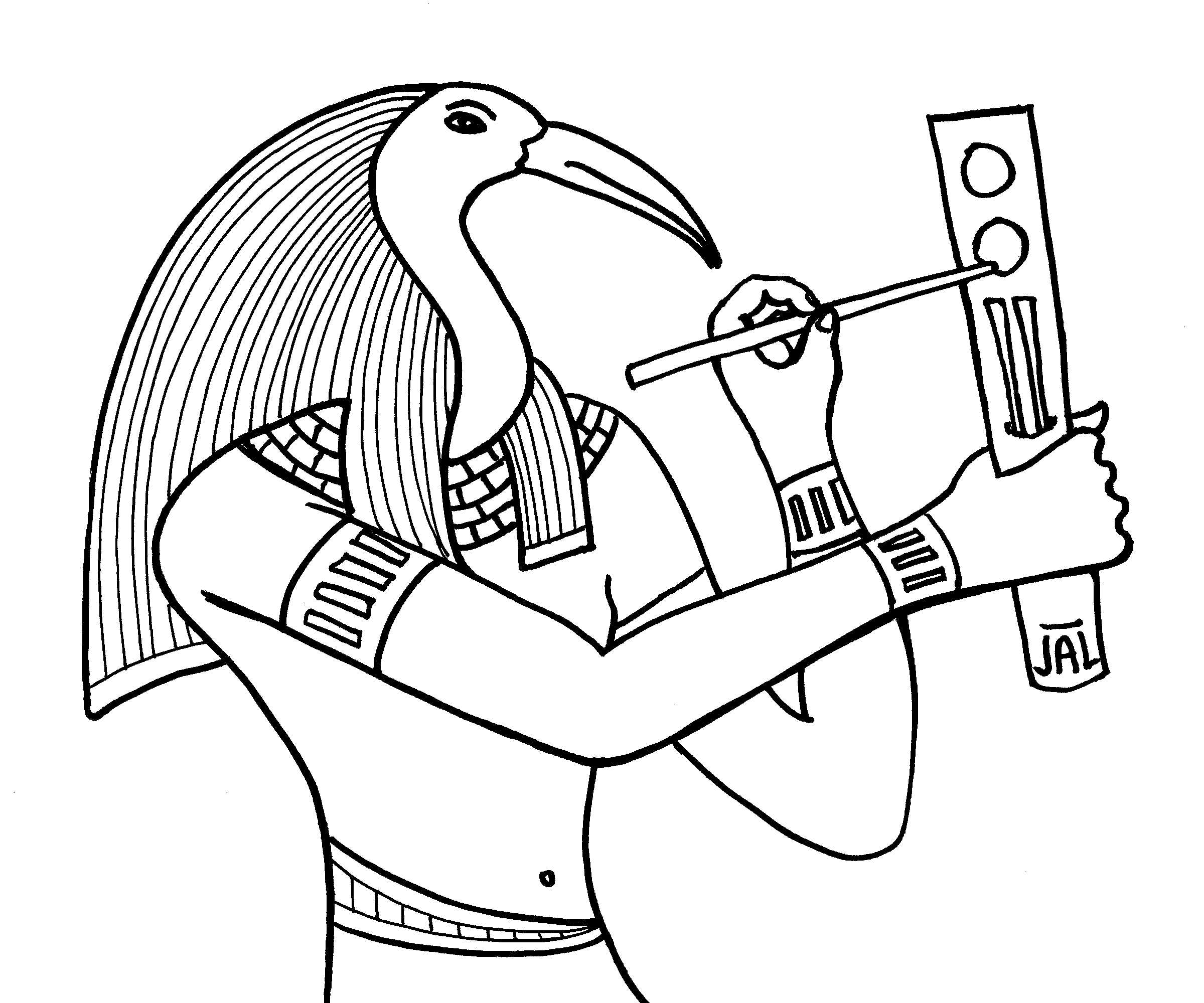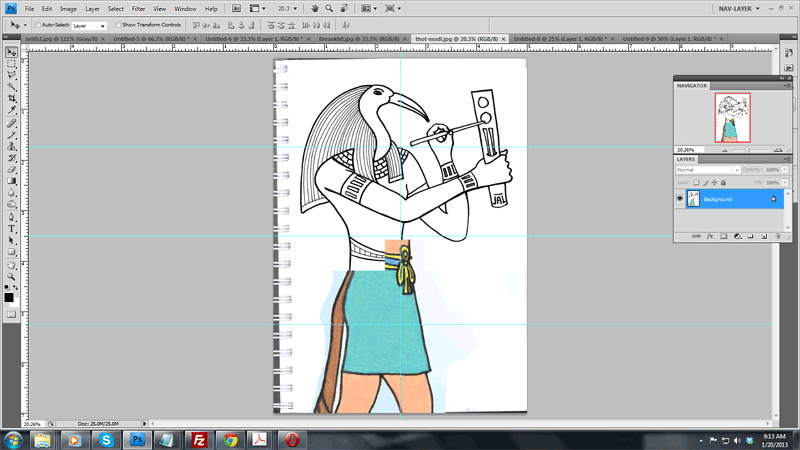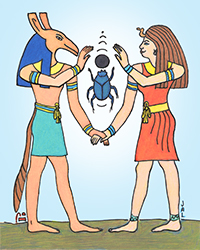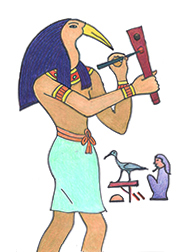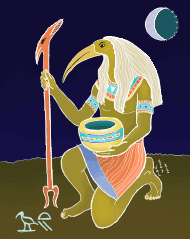|
Julia was feeling inspired yesterday, and wrote a short poem:
|
Wisdom
Wisdom's Light dawned from East to West!
Justice raised hearts to daunting Quest:
Our blue Earth robed in Hope and Peace;
By words and deeds, May Light Increase!
Sung to the tune of Old Hundredth, att. Loys Bourgeois (c.1551)
verse by Julia Cybele Lansberry (2013)
|
The views of what 'Light' is often include a 'dark' view of what 'Darkness' is. But a more balanced view understands 'light' and 'dark' as necessary to each other. For without the dark, light cannot exist. Night must follow day, which follows night. I like to view darkness as mystery and potental, the primordial chaos which gives birth to creation. Also, for those of us in sun drenched realms like Arizona, the darkness is a restful and healing balm after the burning heat of day.
(However we can understand the 'light' to which Julia is referring as enlightment and inspiration, wisdom as 'assimilated knowledge'.)
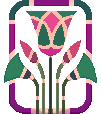
Friday, January 25, 2013
"Gods of Darkness"
6:30am
As I referred to yesterday, darkness has gotten a bad rap. In the dualism of Christianity, we have the 'Prince of Darkness', an all around troublesome fellow. Satanism attempts to reclaim the character, asserting we need his disruptive qualities. Somewhat later, other isms have tried to find ancient models for 'the Prince'. The Egyptian god Set has been named and claimed by many. Set's reputation in the later days of Egyptian civilization before the Romans took over really took a nose dive. (In case you didn't know, I wrote a book about that!) (Meanwhile, some find honor in the title, after first of course, reclaiming the virtues of 'darkness'.)
But the Egyptians themselves, is there anyone they named and claimed 'for the dark side'? (Set might possibly even be a light in the night, if you count the lightning when he thunders. If Set is 'dark', he has a whole crew of darklings ahead of him. First off, there's his Mama, she's kind of dark. She contains the stars, which are light, but she herself is dark. And then there's the gods who came before Set and his Mama Nut. Depending on the cosmology, it can get really complicated. One version of it involves a team of pure darklings called the Ogdoad.
The Ogdoad are eight deities "representing the primeval chaos before the emergence of the sun-god. The four gods are in the form of frogheaded beings and the four goddesses are snake-headed. When the sun-god is
depicted coming into existence these divinities can appear as baboons greeting the rising sun. The Ogdoad are:
|
God
|
Goddess
|
Nature
|
|
Nun
|
Naunet
|
Primordial abyss
|
|
Heh
|
Hauhet
|
Infinity
|
|
Kek
|
Kauket
|
Darkness
|
|
Amun
|
Amunet
|
Hidden power
|
(Thanks to George Hart's _Dictionary of Egyptian Gods and Goddesses_, page 113 for the quote and table.) I've ordered another good book,
Gods and Men in Egypt: 3000 BCE to 395 BCE, by Francoise Dunand and Christiane Zivie, translated by David Lorton, and that will be arriving soon. I was able to read the chapter on creation online, however.
The Ogdoad is from the Hermopolitan creation tradition, but it appears elsewhere, in Thebes as well. There are several creation myths in ancient Egyptian theology. However, there are things they have in common. "If there was one element that all the cosmogonies agreed in defining as the first, original element, it was Nun, the primordial entity, the unformed expanse that had no beginning or end. Most Egyptologists agree in thinking that this was a watery expanse and call Nun the primordial ocean; sometimes, they qualify it as circular, on the model of the Greek Okeanos, but it is difficult and often inadequate to transpose images from one culture to another. The term appears already in the Pyramid Texts, where its writings are only exceptionally accompanied by the determinative evoking water that would always be present in the New Kingdom and later. Let us, then, set aside the circular primordial ocean, whose existence is attested by no Egyptian text, and propose a prudent, minimalist definition: Nun was an unformed and dark mass, for light had not yet been created..." (Durand and Zivie, page 45)
Although some texts call Nun 'father of the gods', this doesn't confer on him an active role. Nun was a "principle who contained in himself all the possibles, all the virtualities of being", and Pyramid Text spell 571 describes it as "Before sky existed, before earth existed, before men existed, before death existed." (Durand and Zivie, page 46)
Durand and Zivie explain the emergence of being: "In this inert Nun, which preexisted everything, a creator god, whose name differed and whose attributes varied according to the theology in question, manifested himself 'on the First Occasion', and this, obviously, remained an inexplicable mystery. He was not created ex nihilo, nor was he transcendent and atemporal. He was an internal, unconscious force that became conscious of itself and then manifested itself of its own will. This was above all a transformation, and it was not without reason that the theologians used and abused the verb kheper, which can be translated 'come into existence', but also 'transform, become'. In this regard, one of the most revealing texts, which proceeds from metaphysical rather than mythological reflection, is that from Papyrus Bremner-Rhind, a magical ritual dating to the fourth century BCE. The cosmogonic section was written at a much earlier date. There is a New Kingdom model on an unpublished papyrus in the Turin Museum, which itself includes formulations from the 'Book of Shu' in the Coffin Texts (spells 78-80). The sun god Re, called 'lord of the universe', speaks and reveals his mode of existence:
'When I manifested myself, manifestations manifested themselves. I had manifested myself as manifestations of the existing. I manifested myself and manifestations manifested themselves, for I acted prior to the anterior gods I had created...'"
(Durand and Zivie, pages 47-48)
Depicted "almost always anthorpomorphically [...] he was the 'father of fathers' and the 'mother of mothers', for it was from him that the rest of creation proceeded, in particular, the hierarchy of gods, certain of whom took up the baton in the genesis of the world properly speaking, such as Shu, born of Atum. We should thus not be surprised that the creator could be bisexual, for male and female had not yet been differentiated. He is not, however, represented or described as androgynous in form. He was the unique and solitary one who issued forth from Nun before everything. Nor is it surprising that, when he created a god according to a physiological means - otherwise, it was by will and speech - he masturbated or spat as Atum.
"This god who became conscious of himself manifested himself in different ways, according to the theology in question. He was Ptah-Tatenen, the 'rising land', who appeared at the beginning of things, relegating the sun to the rank of a simple luminary, which he created last..." (Durand and Zivie, page 48) Whatever the variance in the creation stories, the "initial phase was that of the pure emergence, inexplicable and mysterious, of the being who activated himself and became conscious of himself." (Durand and Zivie, page 50)
Having become conscious, he then speaks, for "the possibility of creating flows from knowledge and will, which are closely linked and expressed by speech. For to name things that the heart, that is, perception, has conceived, is to make them come into existence. The creative power is intrinsically dependent on speech: things exist only when they have a name."(Durand and Zivie, page 57)
The ancient Egyptian sought "to find behind every divine or human act a manifestation of the will, founded on knowledge, and to ascribe a perfectly effective power to the word. It was the latter that in the form of heka, magical power beyond the norms of nature, established a link between magic and creative power. The newly created world was not pulled out of the hat of a magician creator god; but the human magician, in imitation of the creator god, acted through the power of verbal conjuration."(Durand and Zivie, page 58)
|

